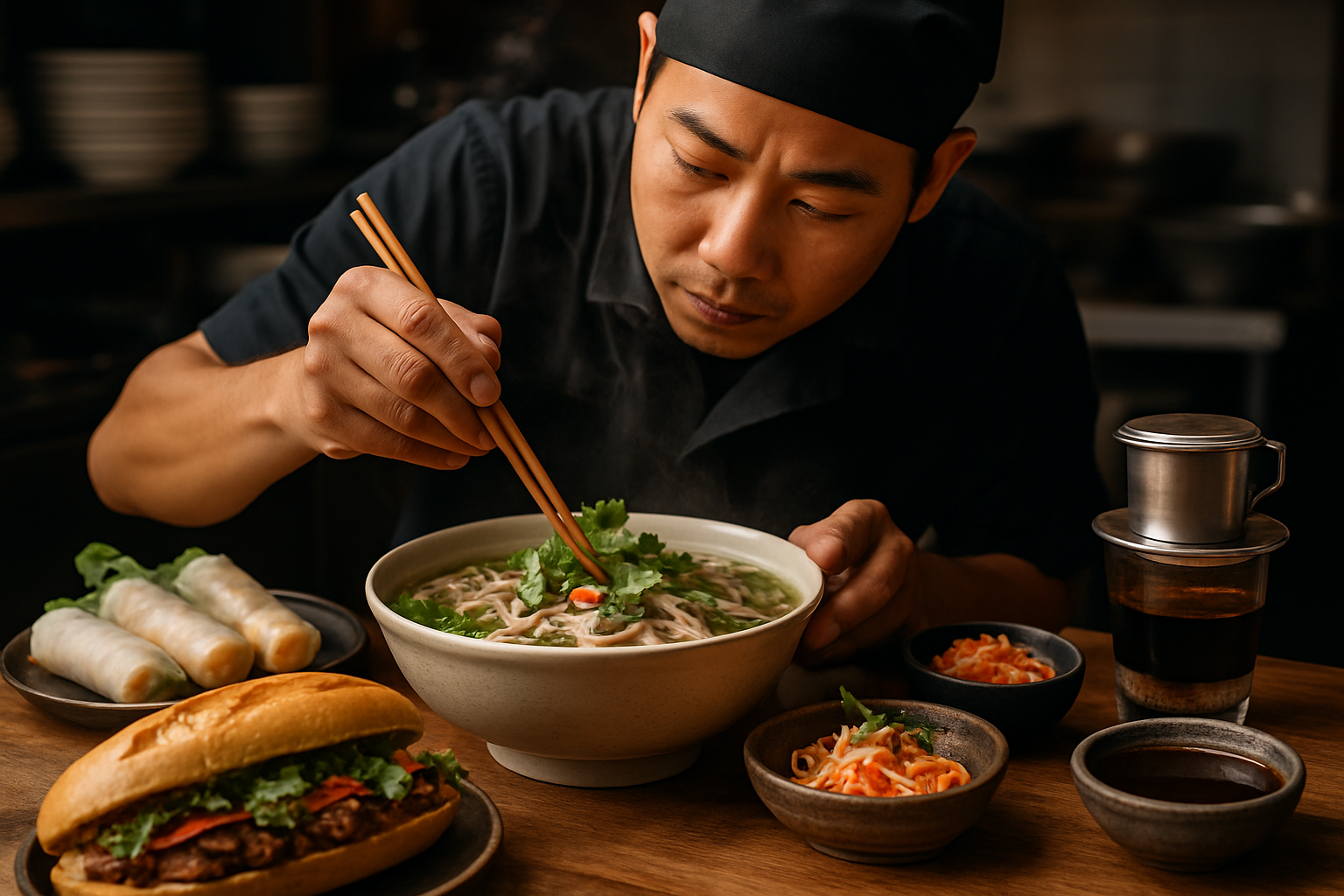Noodle Nirvana: Slurp Your Way Through Global Noodle Varieties
Embark on a tantalizing journey through the world of noodles, where each strand tells a story of culture, tradition, and culinary ingenuity. From the bustling streets of Bangkok to the cozy kitchens of Bologna, noodles have woven themselves into the fabric of global cuisine. Join us as we explore the diverse textures, flavors, and preparation methods that make noodles a universal comfort food with endless possibilities.

Udon: Japan’s Thick and Chewy Comfort
Udon noodles, with their thick, chewy texture and subtle wheat flavor, are a cornerstone of Japanese cuisine. These noodles are typically served in a hot dashi-based broth, creating a comforting dish perfect for cold days. The beauty of udon lies in its simplicity and versatility. Whether topped with tempura, mixed with stir-fried vegetables, or served cold with a dipping sauce, udon adapts to various cooking styles and flavors. The process of making udon by hand is an art form in itself, requiring skill and patience to achieve the perfect consistency. In recent years, innovative chefs have been experimenting with udon, incorporating it into fusion dishes and even using it as a base for non-traditional toppings, showcasing its adaptability in modern cuisine.
Pho: Vietnam’s Soul-Warming Noodle Soup
Pho, Vietnam’s national dish, is a testament to the power of noodles to comfort and nourish. This aromatic soup features rice noodles swimming in a clear, flavorful broth, typically made from beef or chicken bones simmered for hours with spices. The magic of pho lies in its customization – diners can add fresh herbs, bean sprouts, lime, and chili to tailor the dish to their taste. While traditional pho remains a beloved staple, innovative variations are emerging, including vegetarian and vegan versions that capture the essence of the original using plant-based ingredients. The global popularity of pho has led to fusion creations, such as pho-inspired tacos and burgers, demonstrating its influence on international cuisine.
Spaghetti: Italy’s Beloved Noodle Export
Spaghetti, perhaps the most globally recognized noodle, has become synonymous with Italian cuisine. This long, thin pasta made from durum wheat has captured hearts worldwide with its versatility and satisfying texture. While classic preparations like spaghetti carbonara and aglio e olio remain popular, innovative chefs are reimagining this staple in exciting ways. From spaghetti made with alternative flours like chickpea or lentil to avant-garde preparations using molecular gastronomy techniques, spaghetti continues to evolve. The trend of “spaghetti” made from vegetables using spiralizers has also gained traction, offering a low-carb alternative that still captures the essence of this beloved noodle.
Ramen: From College Staple to Gourmet Sensation
Once known primarily as a cheap meal for students, ramen has undergone a dramatic transformation in recent years. This Japanese noodle dish, characterized by its wheat noodles and rich, flavorful broth, has become a canvas for culinary creativity. Artisanal ramen shops have popped up worldwide, offering meticulously crafted broths and hand-made noodles. The trend has expanded beyond traditional pork-based tonkotsu to include innovative vegetarian and vegan options. Fusion ramen, incorporating elements from other cuisines, has also gained popularity. Think birria ramen or ramen carbonara, blending culinary traditions in exciting new ways. The ramen craze has even inspired unconventional products like ramen-flavored snacks and ramen burgers, showcasing its cultural impact beyond the bowl.
Noodle Know-How: Tips and Trivia
-
Always salt your pasta water generously – it should taste like the sea.
-
For perfect al dente noodles, subtract 1-2 minutes from the package cooking time.
-
Rinsing noodles after cooking is generally a no-no, except for cold noodle dishes.
-
The world’s longest noodle measured 3,084 meters and was made in China in 2017.
-
Marco Polo didn’t introduce pasta to Italy – it was already a staple there before his travels.
-
Some Asian noodles, like soba, are rich in nutrients like protein and fiber.
-
The slurping sound while eating noodles is considered polite in many Asian cultures.
As we conclude our noodle odyssey, it’s clear that these versatile strands of goodness continue to captivate taste buds and inspire culinary innovation worldwide. From comforting classics to avant-garde creations, noodles remain a canvas for cultural expression and gastronomic creativity. So next time you twirl your fork or lift your chopsticks, remember – you’re not just eating a meal, you’re participating in a rich, global culinary tradition. Embrace the slurp, savor the flavors, and let noodles transport you on a delicious journey around the world.





